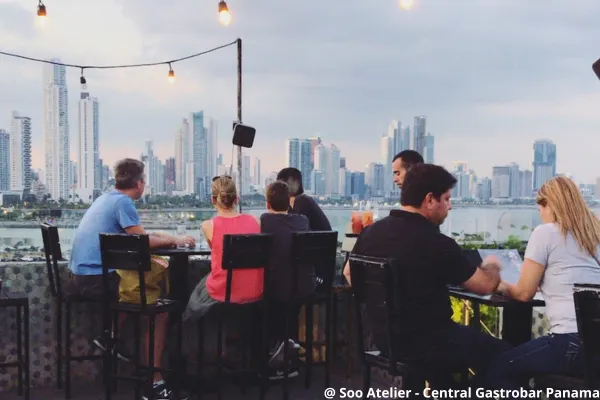Birdwatchers Seeking Rare and Exotic Species
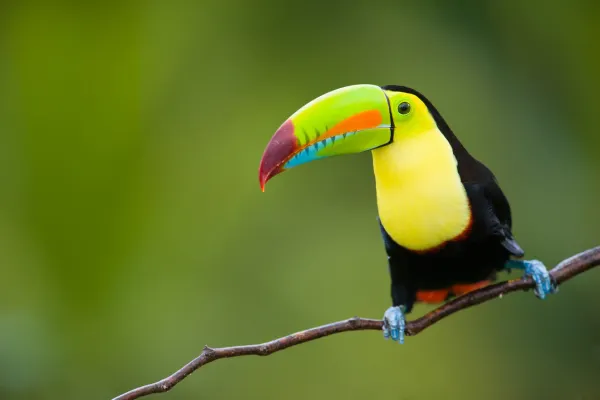
Picture yourself in the middle of a tropical rainforest, the sounds of exotic birds filling the air. The woodland floor is bathed in a golden glow as sunlight streams through the tall trees. You realize you have just spotted a magnificent quetzal, one of the most sought-after birds in the world, as a flash of iridescent green and crimson runs across the canopy.
Panama is still an unexplored wonderland for ardent birdwatchers. For birders of all skill levels, this small but extraordinarily biodiverse nation offers a once-in-a-lifetime adventure, with over 1,000 species documented across a variety of environments. Panama is rapidly becoming a popular destination because it provides top-notch birding without the crowds.
If you're looking for a place where rare species thrive and every outing promises a new discovery, it's time to set your sights on Panama.
1. Why Panama is a Birdwatcher’s Paradise
A Birding Hotspot Like No Other
Panama boasts some of the highest bird species densities in the world, thanks to its location as a natural bridge between North and South America. From vibrant toucans and elegant trogons to the mighty harpy eagle—one of the most powerful birds of prey—Panama is a dream come true for those with binoculars in hand.
Diverse Ecosystems, Endless Possibilities
One of the best things about Panama is its variety of landscapes. Whether you're trekking through lush rainforests, exploring misty cloud forests, or watching shorebirds along pristine coastlines, the country's compact size allows you to experience multiple ecosystems in a single trip.
A Natural Migration Superhighway
Panama’s central location and the famous Panama Canal create a unique corridor for bird migration. Twice a year, millions of birds pass through the isthmus, making it an extraordinary destination for spotting rare migratory species.
2. Best Birding Hotspots in Panama
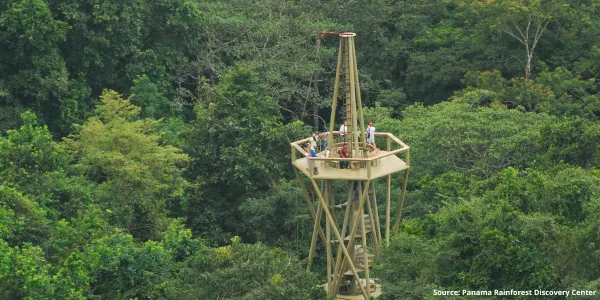
Pipeline Road: The Holy Grail of Birdwatching
Located just 45 minutes from Panama City in Soberanía National Park, Pipeline Road is the crown jewel of Panama's birding scene. This legendary trail holds the record for the most bird species spotted in a single day—over 400!
- Birds to spot: Harpy eagle, slaty-tailed trogon, blue-crowned motmot, rufous-vented ground cuckoo.
- Why visit? Easily accessible, yet teeming with rare and exotic species.
- Best time to go: Early morning for maximum activity.
Darién National Park: The Last Frontier
For those seeking true adventure, Darién National Park is one of the most remote and biologically rich regions in the Americas. This UNESCO World Heritage site is home to the elusive harpy eagle, Panama’s national bird.
- Birds to spot: Harpy eagle, great green macaw, black-tipped cotinga, dusky-backed jacamar.
- Why visit? A chance to witness some of the rarest birds on Earth in their untouched natural habitat.
- Best time to go: November to April, when weather conditions are more favorable.
Boquete & Western Highlands: Cloud Forest Wonders
In the cool, misty highlands of Boquete and Volcán Barú, birdwatchers are treated to a completely different experience. Here, the thick cloud forests are home to some of the most spectacular high-altitude species.
- Birds to spot: Resplendent quetzal, three-wattled bellbird, long-tailed silky-flycatcher.
- Why visit? A stunning setting with breathtaking mountain views and a slower, more peaceful pace.
- Best time to go: March to May for the best chance of spotting quetzals during breeding season.
Coiba National Park: Birding Meets Island Paradise
A former prison island turned national park, Coiba is now a UNESCO-protected haven for wildlife. Birders can enjoy the rare experience of spotting exotic species both in the jungle and along the coast.
- Birds to spot: Scarlet macaws, brown boobies, red-footed boobies, mangrove hummingbirds.
- Why visit? Combines birdwatching with snorkeling and island-hopping in one of Panama’s most pristine marine reserves.
- Best time to go: December to April for calmer seas and peak bird activity.
3. When to Visit Panama for Birdwatching
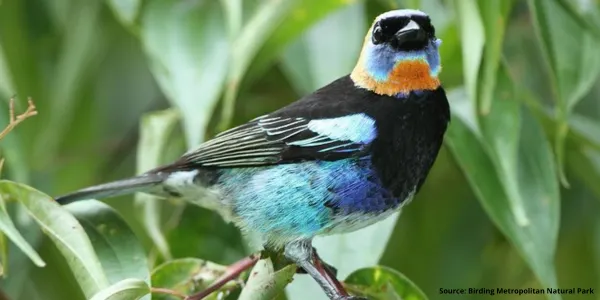
- Dry Season (December to April): Best time for birdwatching due to clear skies and easy access to trails.
- Wet Season (May to November): Ideal for migratory birds, but travel can be more challenging.
- Peak Migration (September-November & March-May): A thrilling time to witness thousands of birds passing through Panama.
4. Tips for a Successful Birdwatching Trip in Panama
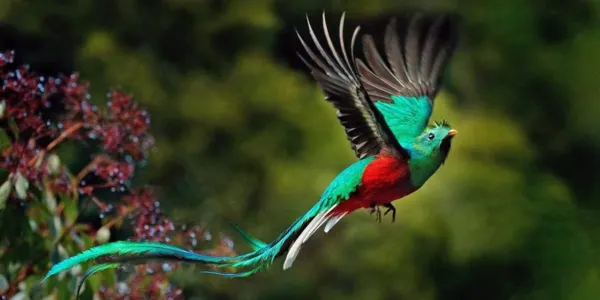
🦜Hire a Local Guide: Panama’s expert guides can help you spot rare species and navigate the best trails.
🦜 Bring the Right Gear: Lightweight clothing, a good pair of binoculars, a waterproof notebook, and a birding app.
🦜 Start Early: Birds are most active at dawn, so set your alarm for an unforgettable sunrise experience.
🦜 Be Patient: Some of the best sightings happen when you least expect them—embrace the slow pace of birding.
5. Beyond Birding: Other Adventures in Panama
While birdwatching is the main event, Panama offers plenty of additional adventures:
- Explore the Panama Canal: Visit the Miraflores Locks or take a jungle boat tour through the canal’s biodiverse surroundings.
- Visit the San Blas Islands: A stunning archipelago with crystal-clear waters and a rich indigenous culture.
- Hike Volcán Barú: Panama’s highest peak offers breathtaking sunrise views where you can see both the Pacific and Atlantic Oceans on a clear day.
Conclusion: Why Panama Should Be Your Next Birding Destination
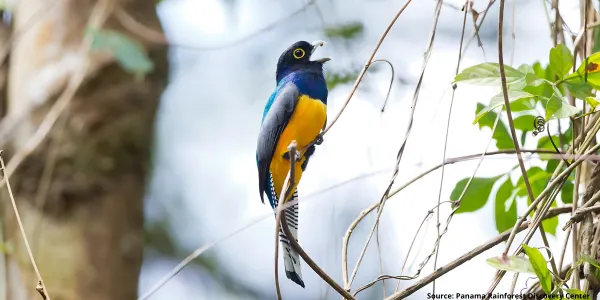
Panama is a birdwatcher’s dream—a place where rare and vibrant species thrive in stunning, untouched landscapes. Whether you’re an experienced birder seeking the elusive harpy eagle or a beginner eager to explore the wonders of the rainforest, Panama offers an unparalleled experience.
So, what are you waiting for? Pack your binoculars, book your trip, and discover the hidden birding paradise that is Panama.
🌿 Have you been birding in Panama? Share your experience in the comments below!

